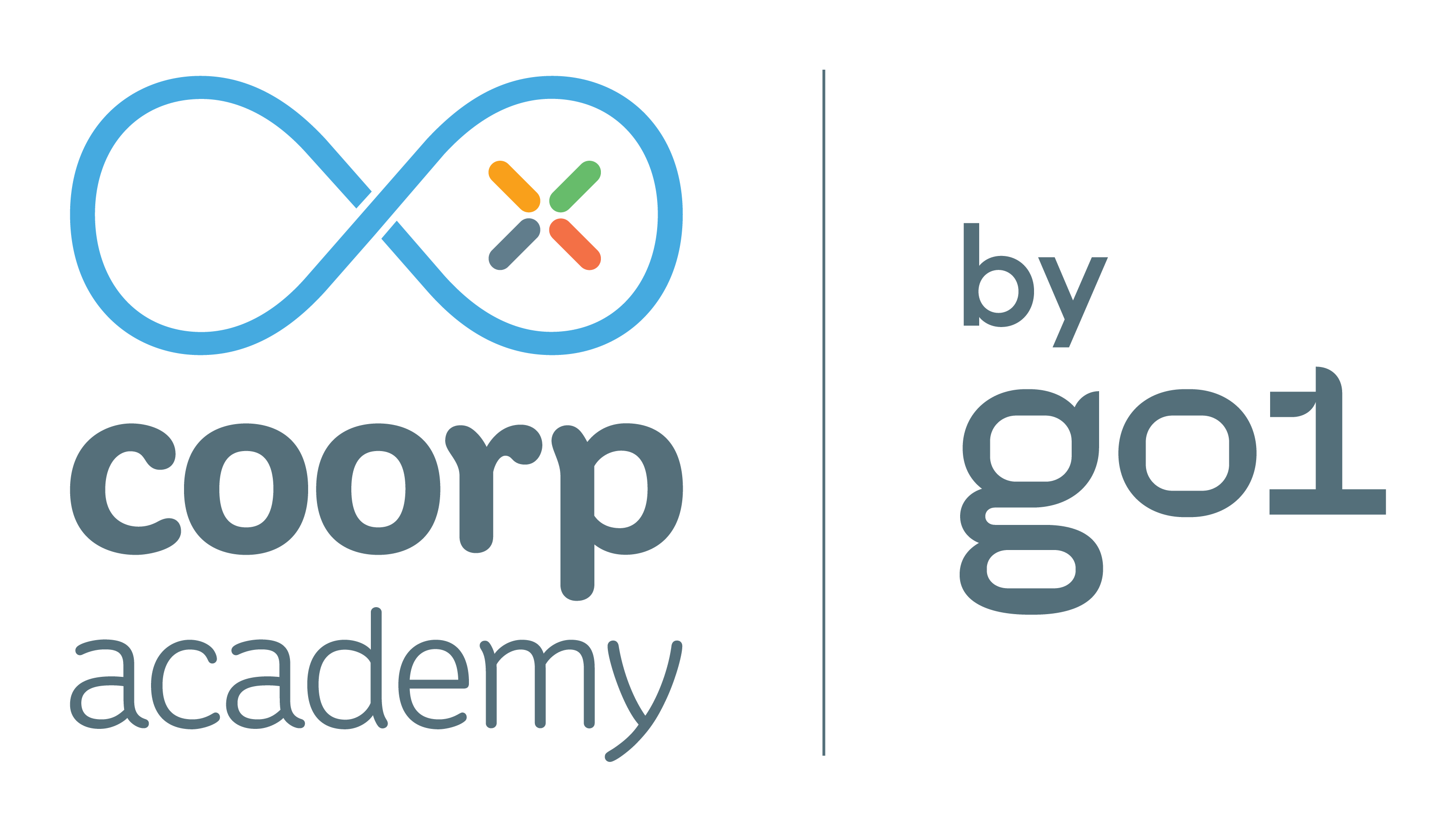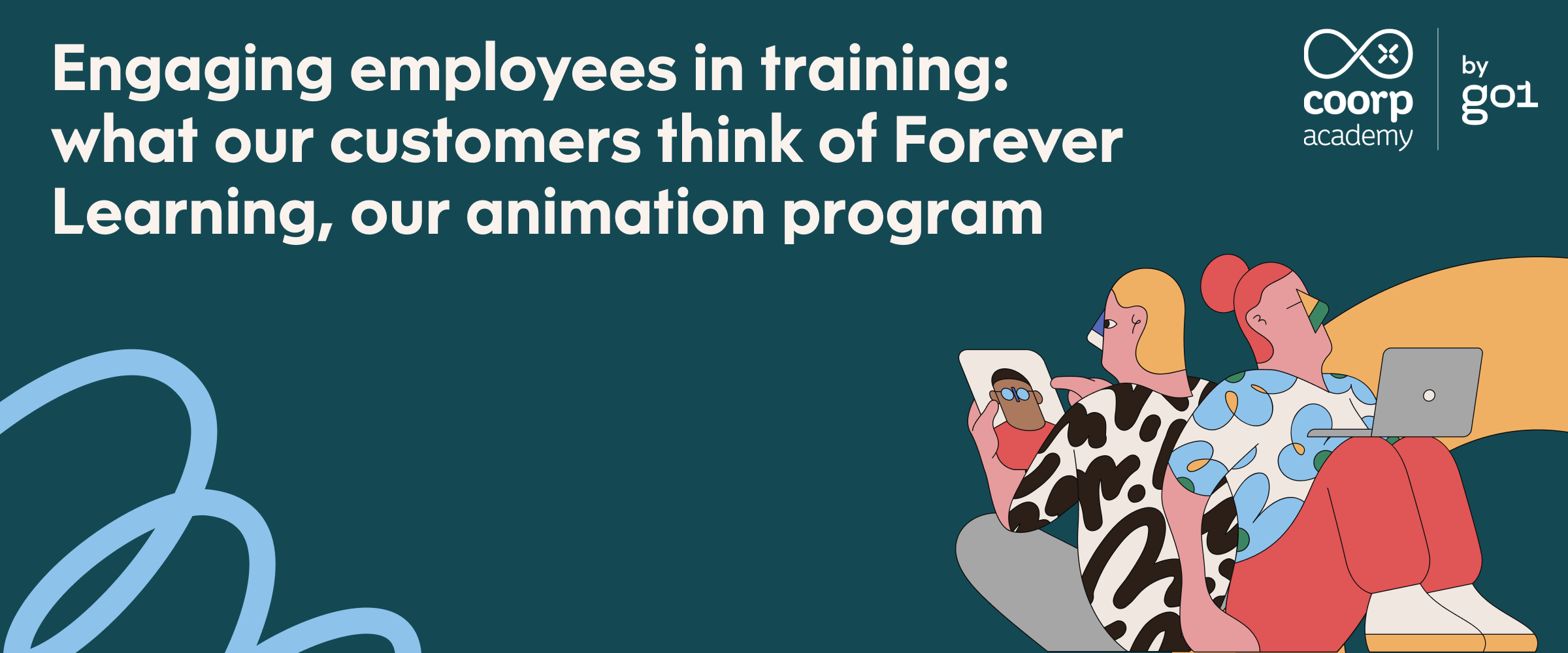Performance indicators for corporate MOOCs – Perseverance
Learning Innovation
 Why do two learners with equal prior knowledge and intelligence not achieve equal results in a MOOC? Turning the question more general, why do equally intelligent persons not achieve equal results, both in terms of academic and career progress?
Why do two learners with equal prior knowledge and intelligence not achieve equal results in a MOOC? Turning the question more general, why do equally intelligent persons not achieve equal results, both in terms of academic and career progress?
Studying this question, Angela Duckworth (see her TED talk), professor at the University of Pennsylvania and author of a New York Times bestseller, identified perseverance as a crucial trait predicting achievement (cf. Duckworth et al. 2007 (1)). Persons sustaining interest and effort over a longer period of time are reaching higher performance levels than persons with low grit. This research encourages learning professionals to consider not only engagement which is often measured as pure activity levels, but rather activity that brings the learner forward towards completion.
Scales were developed to measure perseverance for kids and adults. Short tests are available which can be taken in a couple of minutes (e.g. Grit scale). As you can manage what you can measure, the availability of assessment further stimulated the creation of initiatives, especially in the US, to improve, act on and teach grit (cf. New York Times, 2016). Schools and teachers, for instance, have started talking about perseverance with students, make them reflect about their own level of grit, and help them create intentional habits to support self-control.
In the context of professional training, the focus is not so much on training perseverance, but rather on designing learning environments supporting the application of perseverance. The design of the Coorpacademy platform, for instance, supports progressing in small steps, a chapter is composed of four questions and one element of short-format content, and stimulates learning from errors by means of a gamification life system.
Companies and more specifically HR and L&D professionals can benefit from information about perseverance of their learner population. Research (cf. Eskreis-Winkler et al., 2014 (2)) has shown that persons one standard deviation higher in perseverance measures are
- 32% more like to complete a selection course,
- 40% more likely to stay in their job,
- and 21% more likely to graduate from high school on time.
So there is a clear value for companies to consider perseverance. In case you need to decide whom to recruit, whom to promote, whom to propose ambitious projects, or whom to develop through training, consider looking for the perseverant. (cf. edsurge, 2017).
In the introduction to this series on alternative performance indicators, we set three conditions for an indicator: valid, actionable, useful. Applied to perseverance, we can state that 1) it is clearly correlated to performance, 2) instructional design can support it, and 3) it provides companies with valuable information about their learner population. Thus, perseverance clearly should have its place in your corporate learning analytics.
Edit:
Further indicators are discussed in these posts:
(1) Duckworth, A., Peterson, C. Matthews, M.D. and Kelly, D.R. (2007). Grit: Perseverance and Passion for Long-Term Goals. Journal of Personality and Social Psychology, Vol. 92, No. 6, 2007, pp. 1087–1101
(2) Eskreis-Winkler, L., Duckworth, A., Shulman, E., & Beal, S. (2014). The grit effect: predicting retention in the military, the workplace, school and marriage. Frontiers in Psychology, 5, 36. https://doi.org/10.3389/fpsyg.2014.00036


